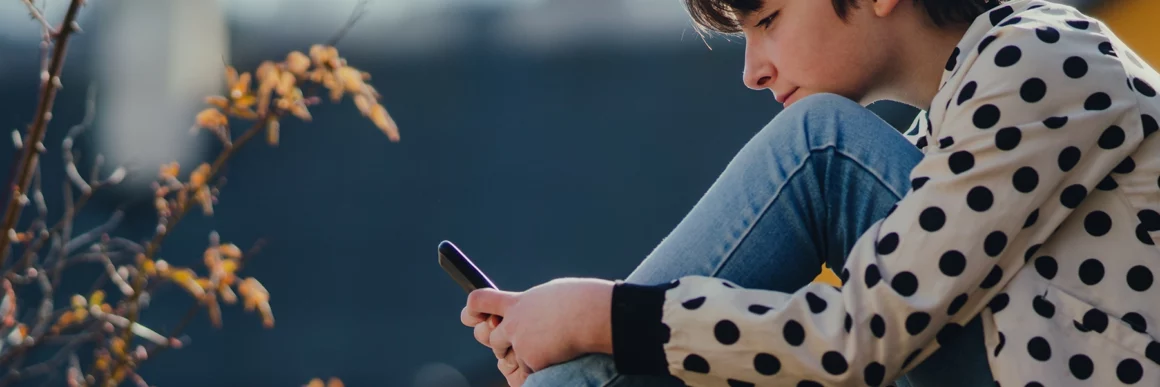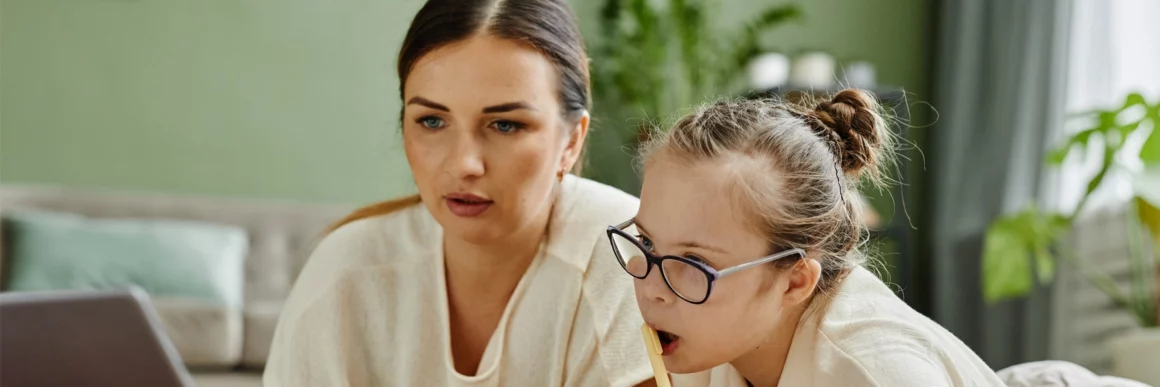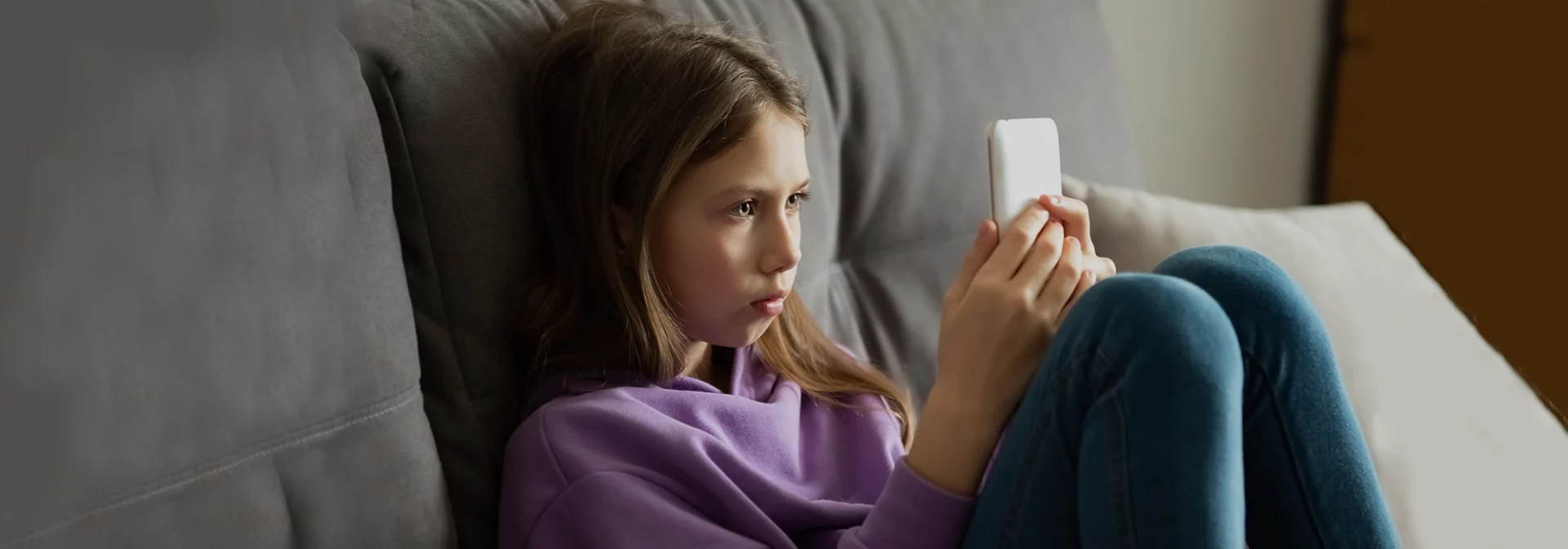This article was originally written for Parenting Safe Children.
Pornography isn’t what it used to be. It’s vastly accessible, more demeaning than ever, and children are exposed to it earlier than you’d like to think. I regularly receive phone calls from parents who learn their children have viewed porn and want to know what to do. This month I offer parents practical tips and conversation starters for talking with kids about online pornography.
When Do Kids Start Seeing Porn?
The prevailing stat is 11 years old — the average age of first exposure to porn. The average age kids get their first phone in the U.S. is 10.3 years old. A connection? Perhaps.
By age 12, one-third of children have seen pornography. According to research conducted by Dr. Matthew Ezell, Professor of Sociology at James Madison University 98% of boys and 83% of girls are exposed to pornography by age 17.
Teens look at porn out of curiosity, for stimulation, or to impress friends. It’s entirely normal for children to be interested in sex and viewing images is one way teens, particularly post-pubescent males, satisfy their sexual curiosity and urges. But online porn comes in flavors that are harmful.
And children are being exposed earlier and earlier. In fact, during private consultations, it’s not uncommon for parents to share that their 6/7/8-year-old children are being exposed to porn on their own, their parent’s, or a friend’s device. Either way, when you give your child a phone or tablet, you’re not just giving them access to wonderful educational content, but also access to pornography.
Why Should You Be Concerned?
Parents, particularly dads, wonder if looking at porn is a normal part of growing up, and then proceed to offer up themselves as examples that viewing porn didn’t have a negative effect.
I’m not suggesting that engaging with porn inevitably leads to dysfunction, but the prevalence of violent and illegal images is mind-boggling, and these pictures send inappropriate and unrealistic messages about sex, sexuality, and gender roles. With millions of demeaning porn images swirling about the Internet, what are children and teens learning about what it means to be a sexual partner and what it means to have a consensual and respectful relationship?
Did you know…?
- Exposure to pornography is longitudinally associated with viewing women as sex objects.
- The adolescent brain is still developing and vulnerable to forming patterns of behavior that can be constructive or addictive. The neurochemicals that are released during arousal and orgasm contribute to pattern formation — and addiction.
- Youth who consume porn have a higher incidence of depressive symptoms and sexual aggression.
- Youth who consume porn have an increased chance of emotional, social and sexual problems in adult life.
- Research has suggested that the rise in pornography use may be a key factor in the rise of erectile dysfunction among young people.

I’ll Google It, Mom!
- How old is a horse in human years?
- What’s a tampon?
- Where can I get new wheels for my skateboard?
- What is oral sex?
- Pizza near me
- What’s a vibrator?
Pornography is a multi-billion dollar industry designed to foster addiction and generate corporate profit. According to BitDefender, the technology security company, children under ten years of age now account for 10% of visitors to porn video sites. With 100 million daily visitors in 2018, that means PornHub welcomes your elementary school child.
How to Talk With Kids About Porn?
Now, I know it can feel awkward to talk with your children about pornography, but if you do then your kids are more likely to turn to you when they have questions or concerns about things they see online. Let’s make YOU the sex educator — not peers, not offenders, and not porn.
Porn Talking Points
- Reflect on what values and cultural beliefs you want to communicate to your children about sexuality, sexual development and boundaries.
- Talk with your children, regardless of gender.
- Stay calm (if you get angry or freak out, your child may feel shame and not come to you in the future with questions or worries).
- Let your child know that it’s natural to be curious about the human body and sex.
- Let children know that it’s not their fault if they stumble upon porn while looking for educational content or while watching cartoons.
- Explain that the people in porn are actors and that the pornographic images are not representative of real relationships.
- Remind children that they can come to you with any question about sex, puberty, or online images.
- Pornography is sometimes used by teens or adults to groom kids, which means to get them to be your friend. If someone does this, they are breaking body-safety rules and it’s okay to talk with an adult you trust.
- If you don’t know the answer to a question, let your child know that you’ll find out and get back to them.

Teachable Moments
Consider these teachable moments and how you might start a conversation. I’ve offered two examples to get the ball rolling:
- You’d like to proactively address the likelihood that at some point your 7 year old will inadvertently see porn while doing research for school. How would you start the conversation? “You already know that no one (adult or teenager) is allowed to take pictures of your private parts or show you pictures of naked people, but sometimes you might accidentally come across pictures online of people without clothes. This could even happen while on the computer doing homework. If this happens, come tell me and we can talk about it — and of course, you’ll never be in trouble. Have you ever seen anything like this before?”
For a complete list of talking points with kids, see Talking with Children and Teens about Porn on the Parenting Safe Children website. - You borrow your tween’s phone to look up a restaurant and notice that the browser history includes searches for “oral sex.” How would you start the conversation? “I was using your phone to look up a restaurant and noticed searches about oral sex. It’s totally okay to be curious. I want you to know that I welcome any questions you have about sex. I’ll answer honestly and you’ll never be in trouble. Do you have any questions?”
- Your five year old sees a porn ad while looking at a cartoon. How would you start the conversation?
- You’re watching TV together with your child and one of the actors is dressed in a way you find demeaning. How would you start the conversation?
- Your 11-year-old child and a friend from school are sitting on the bed looking at a PornHub video and quickly toss the tablet under the covers so you won’t see. How would you start the conversation?
- You’re listening to the news and there’s a story about Jeffery Epstein or Stormy Daniels and your child wants to know what the story is about. How would you start the conversation?
What if My Child Has Been Exposed to Porn?
There are a variety of tools to block content, but the best parenting strategies include:
- Having proactive conversations
- Seizing teachable moments
- Thinking twice before you hand your child a phone or tablet
Please be aware that adult porn often includes minors, which is done by dressing up minors to look like adults.
If your child has been exposed to adult porn, explore how the child felt about what they’ve seen. If the child was exposed by someone who is older or you are worried, seek professional help.
If your child was exposed to sexual imagery containing minors, Internet Crimes Against Children and the National Center for Missing and Exploited Children (NCMEC) recommend that you report the sexual imagery to your local police department and to the NCMEC.
Please know that I understand the dilemma because you’re reporting the presence of child sexual imagery on your or your child’s device. The purpose of reporting is twofold: 1) So professionals can help you wipe the phone and provide resources as needed (very rarely are there legal ramifications); 2) So professionals can work diligently to eliminate online sexual imagery of children.
Let’s keep this conversation going. What are your questions about porn, talking with your kids, and keeping children safe?
More About Sexual Health
Learn how to help broach subjects like porn with your preteen or teen. BLOOM is here to help, whether you are looking for tips on how to talk to your kids about internet safety, how to talk about body boundaries and consent, or even in-depth and personalized Q&As and workshops. Raising young people is hard enough. We are here to help demystify and provide support!
Numerous resources were consulted in writing this blog post:
- Net Nanny: The Detrimental Effects of Pornography on Small Children
- Influence Central: Kids & Tech: The Evolution of Today’s Digital Natives
- Culture Reframed: The Problem
- Springer.com: The Relationship Among Online Sexually Explicit Material Exposure to, Desire for, and Participation in Rough Sex
- Oxford Academic: The Relationship Between Online Pornography and the Sexual Objectification of Women: The Attenuating Role of Porn Literacy Education
- Parenting Safe Children: Talking with Children and Teens about Pornography
- Amaze: Porn / Amaze: Having the Talks: Porn
- www.missingkids.com
- Internet Crimes Against Children Unit – Colorado Springs Police Department
This article was originally written for Parenting Safe Children and only minimally edited for clarity. Read the original article by Feather Berkower in its original publication.

